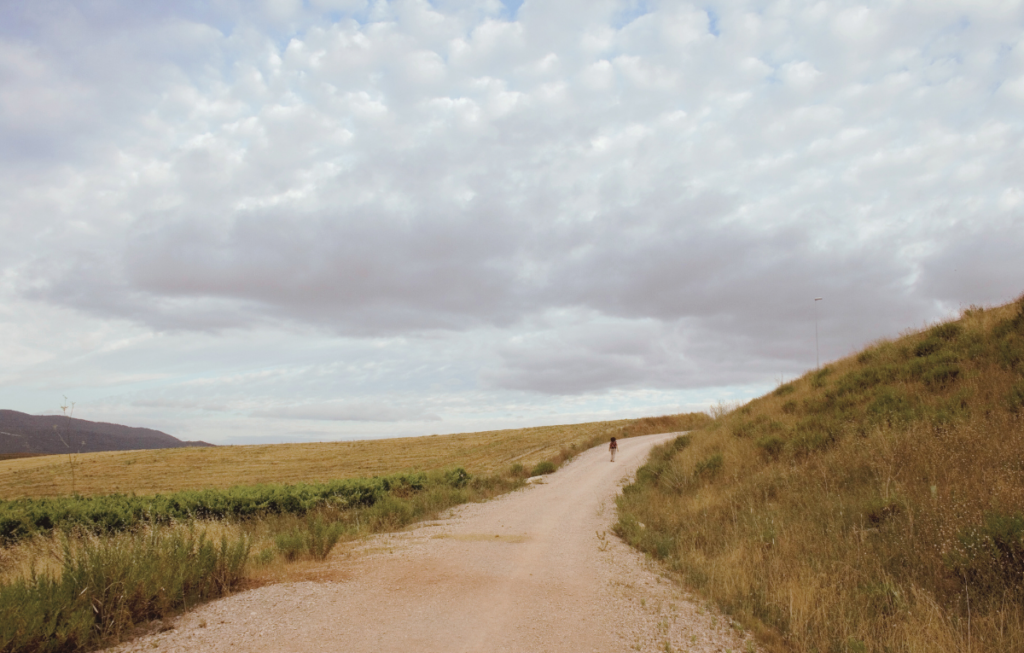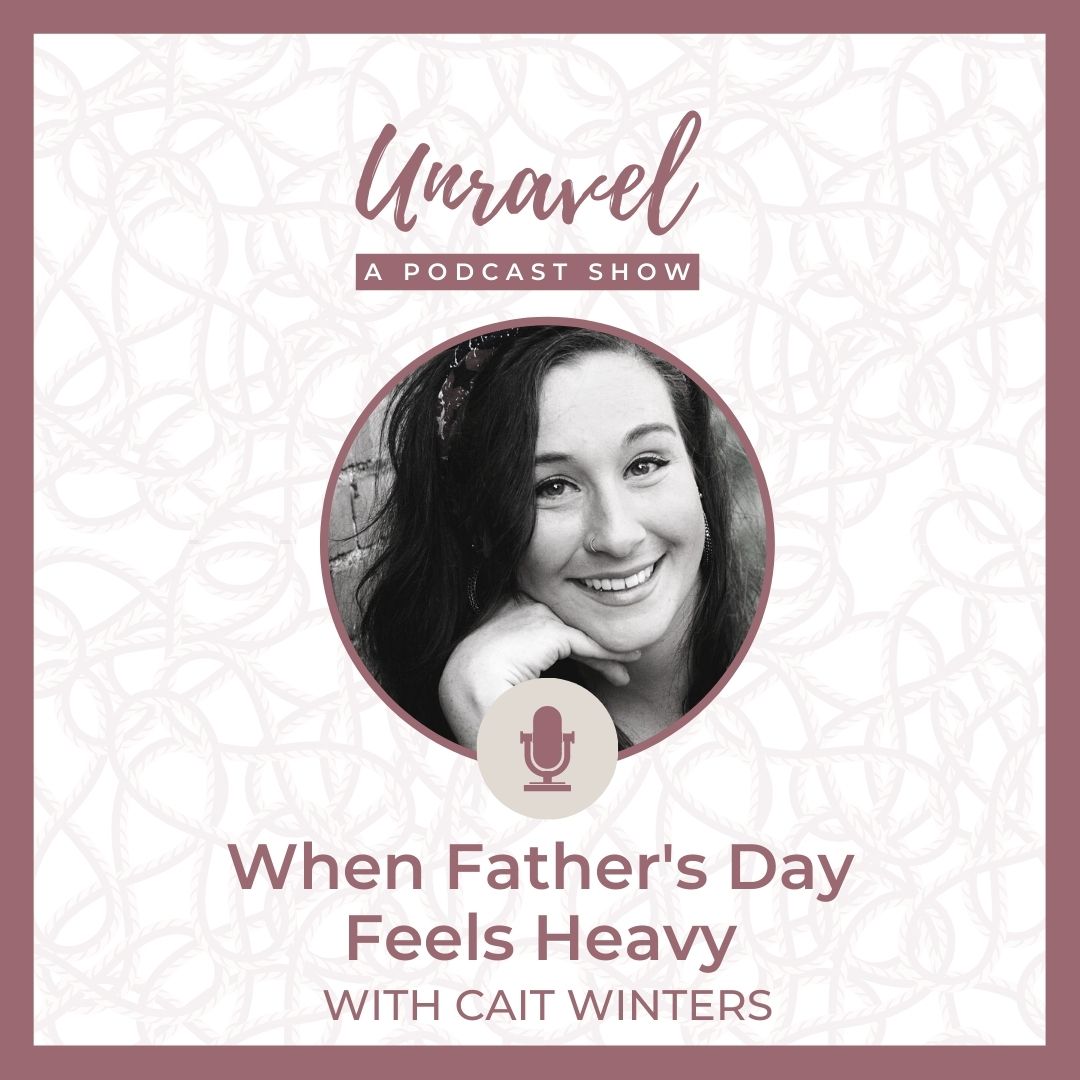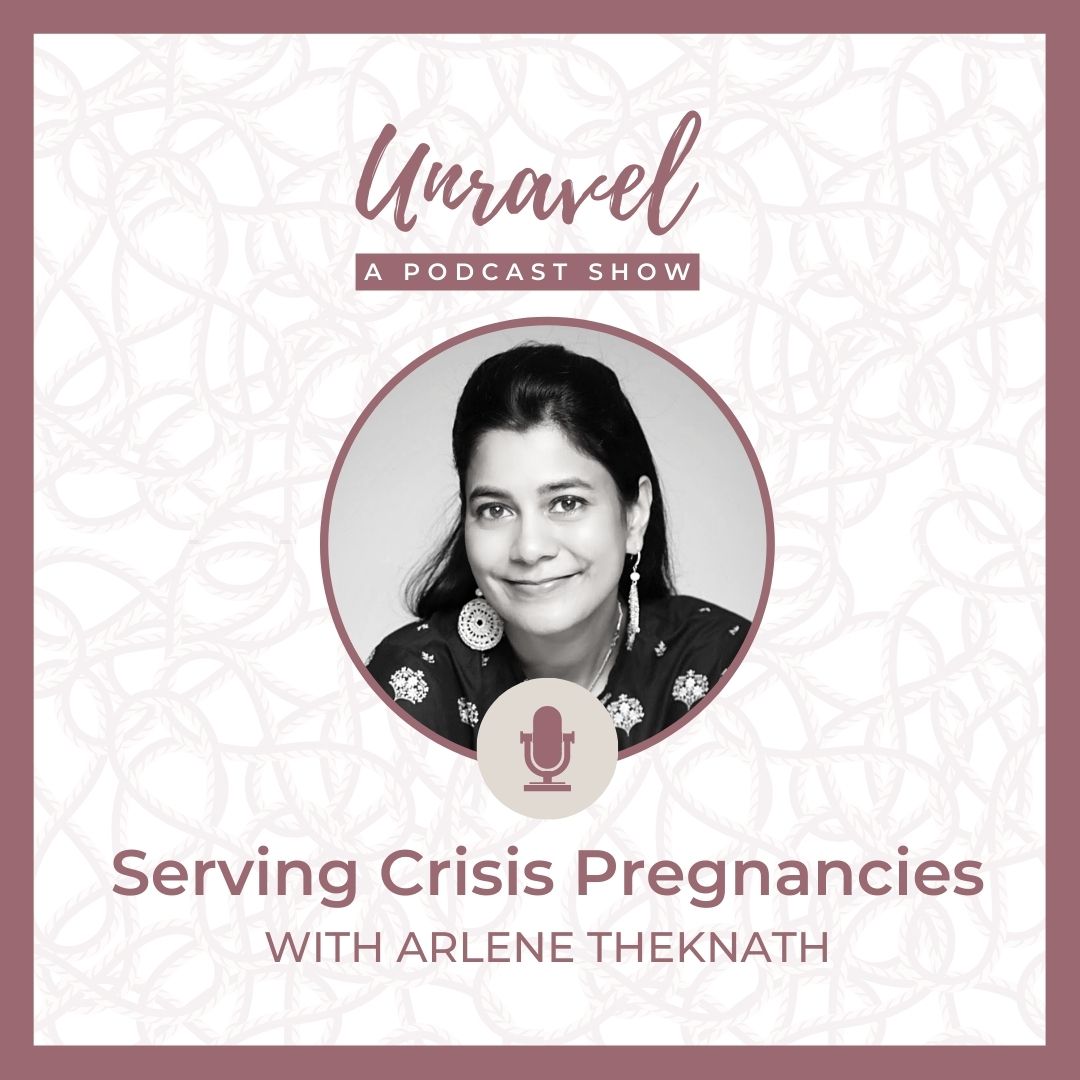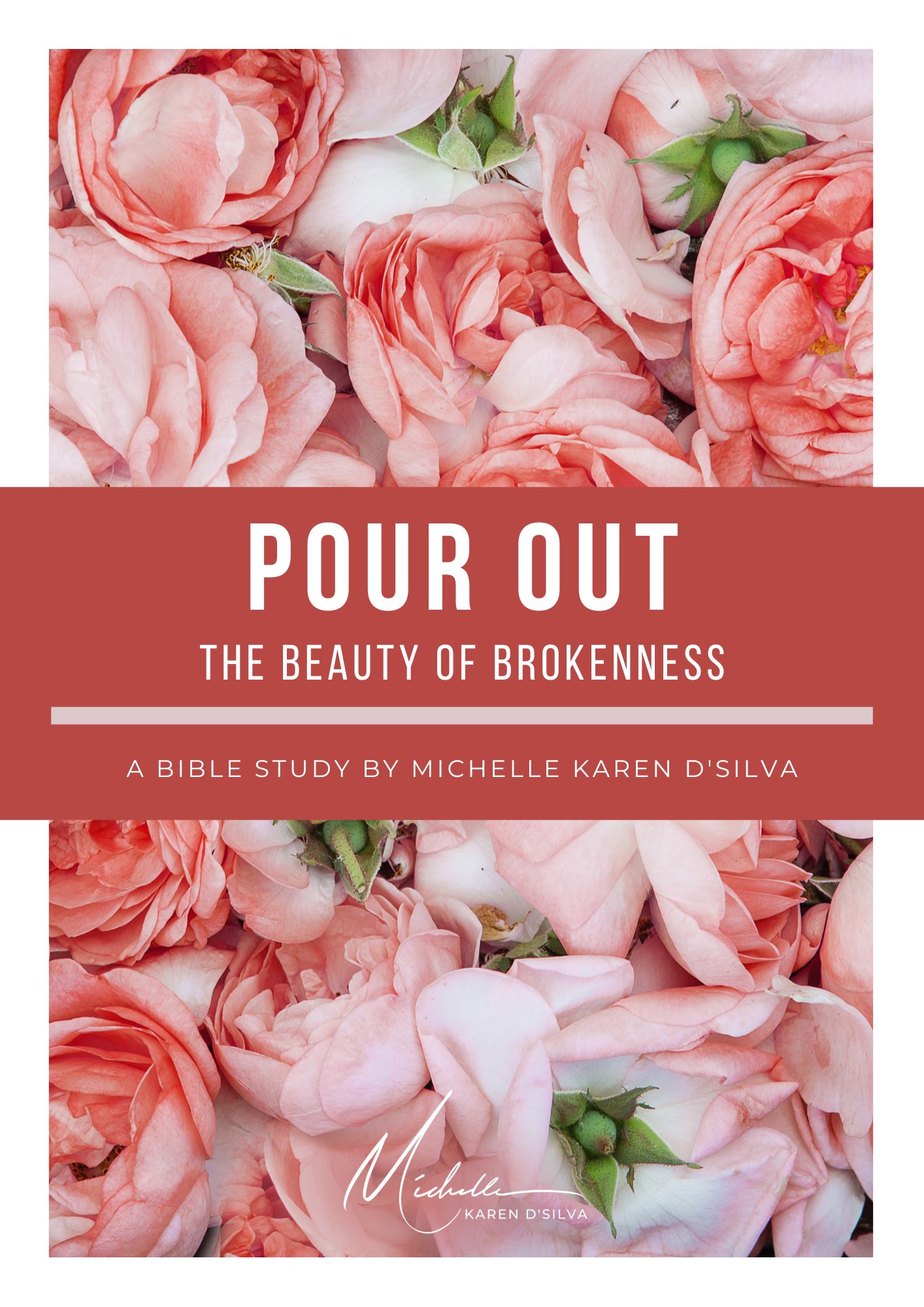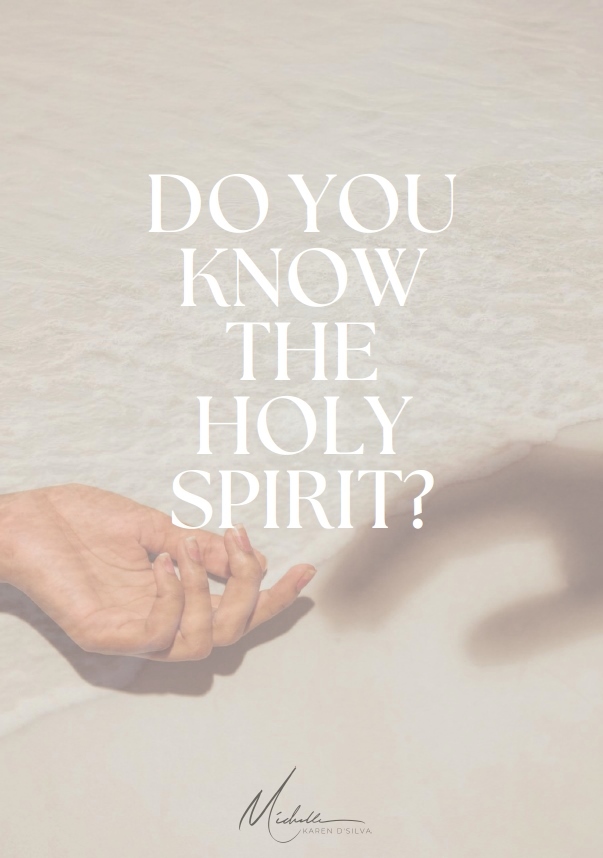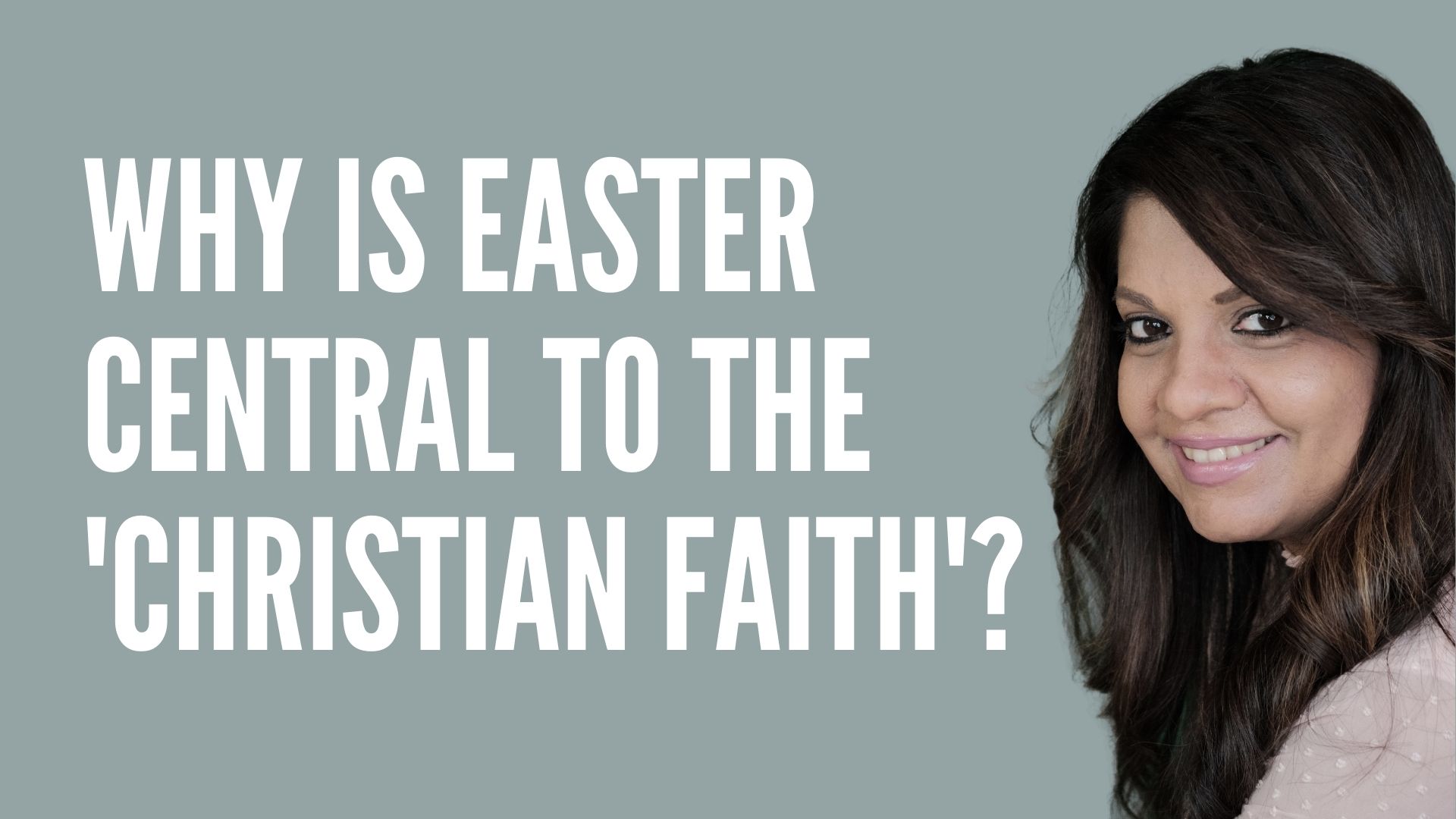PILGRIMS OF HOPE
I still vividly remember watching Our Holy Father in Lent 2020 deliver the extraordinary blessing of Urbi et Orbi to the world, as the Pandemic threw us in the throes of death. I watched the telecast live at home. I’d been to St. Peter’s square a few times and instantly recalled the euphoria of the city – now deserted, cold, and silenced like the tomb. I watched with blurred eyes as Pope Francis made His way to the altar amidst empty squares, once filled with community and communion.
How fittingly, Pope Francis had called the Pandemic a tempest. It had ravaged our lives and exposed our vulnerability. It had uncovered false certainties around which we had constructed our faith on, and it laid bare our prepackaged ideas of what hope meant.
This year as we celebrate the Jubilee Year, with the poignant theme of “Pilgrims of Hope” we are given an incredible opportunity to revisit these Sacred spaces, once torn with trials, that were reborn with Hope. We are invited to draw from the spiritual language of the Church and remember that our discipleship journey is not static but a pilgrimage—one filled with harrowed suffering but also marked and endured with steadfast hope.
More Than Wishful Thinking
Hope is a theological virtue. But often times, it is difficult to understand Hope. No wonder we equate Hope with wishful thinking. We say, ‘I wish I had a better job.’ ‘I hope the doctor’s reports will be positive.’ We insist ourselves and others that we have it all under control. But these hopes however good, are based on our personal desires. When these desires are unrealized, our hope is languished.
In her book, Becoming Wise, Krista Tippet writes, “Hope is a choice, that becomes a habit that becomes a spiritual muscle memory.” A muscle is different from wishful thinking, its different from assuming or believing that things will turn out all right in the end. It is not optimism.
Likewise, the Christian Hope is not some pristine or sophisticated utopian fairy tale built upon happy thoughts or fantasies of a problem-free life. It is solid, unwavering, and unshakable. It is a choice. But it is an informed choice.
Hoping against Hope
In Catechism 1819, we read “Hoping against hope, Abraham believed, and thus became the father of many nations”
God promised Abraham that He would make him a great nation (Genesis 12:1-4). But ninety-nine years, and Abraham had no heir. Yet, Abraham continued to ‘hope against hope’ (Romans 14:18). Abraham’s hope was not relative, it was relational. His hope rested on the revelation of God’s love. It was grounded in the infallible promises of a God who keeps His promises (Deuteronomy 7:9-11)
The story of Abraham and Sarah is a sobering reminder that hope does not always come to us in reasonable ways. Sometimes the promises of God seem beyond belief. No wonder Sarah laughed in disbelief. Her cynicism portrays the scandalous difficulty of our faith. Yet when her laughter faded, she (and us) is met with a question: Is anything impossible—(other translations say)- is anything “too hard,” or “too wonderful”—for God?(Genesis 18:14).
It is not an assertion. It is a question. Because Hope requires a decision.
There are times in my life, when I eagerly reply like a child wildly waving her hand in a Sunday-school class, “No, nothing is impossible for God.” Then there are other times, when I am tempted to answer too quickly: “Yes, some things are impossible, even for God—because if God is good, why do I suffer?”
This may have been the world Abraham and Sarah had come to live in, a world where one has to accept barrenness at 90 years old. Yet, this was not the Hope Abraham clung to. The Hope Abraham seized, transformed his vision to see a world with staggering possibilities – a world where old women have babies, a world where a virgin conceives, a world where a crucified criminal is granted paradise.
It is this Hope that enabled Abraham to see beyond the dagger on Mount Moriah. It is this Hope that empowered him to come out of his earthly tent, look at the sky and see Jesus glorified in the future. It is this Hope we celebrate this Jubilee Year.
The Word of Hope
In 2018, I was diagnosed with an autoimmune condition when I had just begun to travel on missions. The diagnosis came like a cruel cold pause. I looked ‘completely normal’, on the outside, but inwardly the disease began to shape every aspect of my life, throwing me into a world of unexpected hospital visits and unpleasant side effects like skin eruptions, body weight, pain and fatigue. Sometimes, I was rendered homebound or motionless for days on end.
Yet far worse than physical pain was the ache of being vulnerable before others, of being hopeless and powerless before them. I felt like a burden to my family and was continually exhausted having to explain myself.
I remember thinking of Hope, yet searching every site on Google for answers, grasping for relief yet fighting control. It was only when I returned to the scriptures, that I received a paradigm shift to my predicament. The Word of God truly gives us truth – immutably and inerrantly. It diffuses any lies that attach to our worth and it furnishes a firm basis on who we can trust, even in deep suffering.
One day in prayer, I sensed the Lord saying, ‘What if, your suffering could be spiritual therapy for those on this same broken road?’ ‘What if in the midst of your hopeless situation, you chose to become a witness of Hope?’
Living as Pilgrims of Hope
Friends, I don’t know what kind of tempest you are in. But I do know this, the Christian hope doesn’t ignore fear, anxiety, and doubt – it confronts it. It allows us to endure suffering with purpose. It is buoyed by something greater that has happened 2000 years ago at Calvary. And it rests on the promise that one day there will be no more pain, every tear will be wiped away, and death will be no more (Revelation 21:4).
In the meantime, how do we live? As Pope Francis says, as “Pilgrims of Hope”. In this pilgrimage, we do not walk alone. The Church, our communities, and the Sacraments sustain us. The Eucharist is food for our journey, reminding us that Christ walks with us, just as He did with the disciples on the road to Emmaus (Luke 24:13-35).
And we journey with Mary, the first pilgrim of Hope. No one embodied this pilgrimage of hope more than Mary. From the moment of the Annunciation, when she gave her fiat without knowing what lay ahead, to the foot of the Cross, where she stood in silent strength, Mary teaches us what it means to trust in God’s plan. That Hope will always lead us, Home.
Friends, we were never meant to bear the pain of life on our own. We are the Church. But we must become the body of Christ. And so, we desperately need the Holy Spirit. We need His Presence to open our eyes to a world in need of Hope and we need His Power to enable us to be the Church, to truly become Pilgrims of Hope.
Only by His anointing, can we press on, can we journey together, can we declare as Hebrews 10:23 says, “we hold unswervingly to the hope we profess, for He who promised is faithful”

